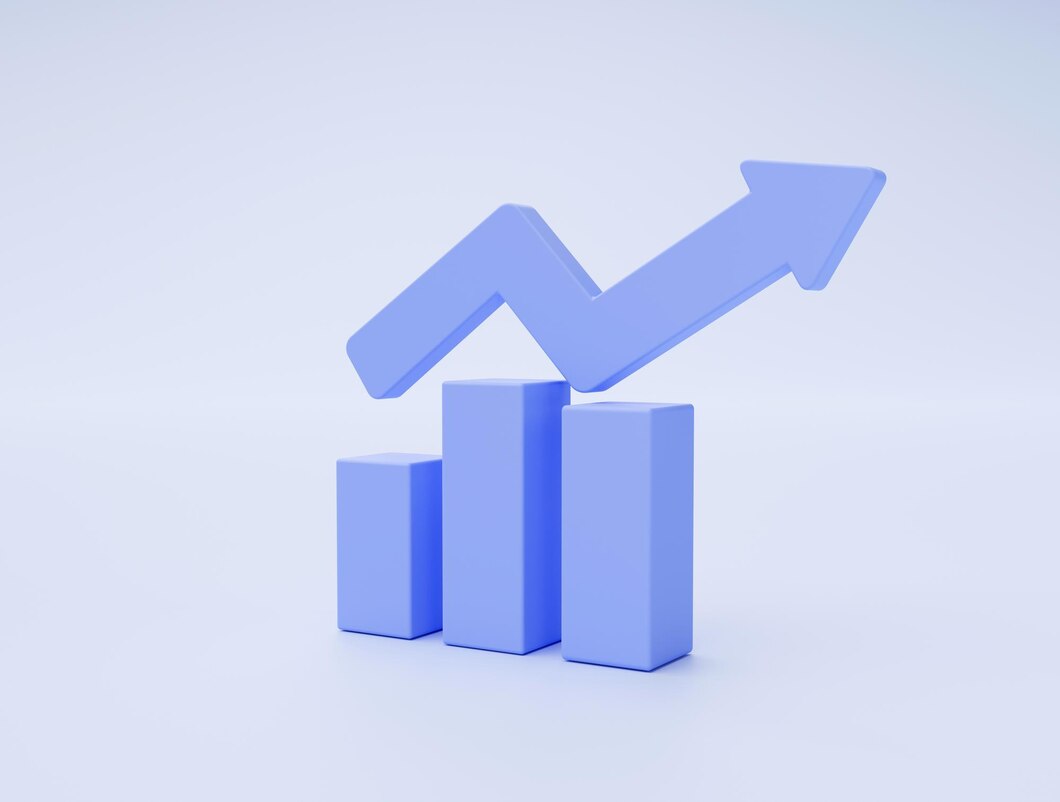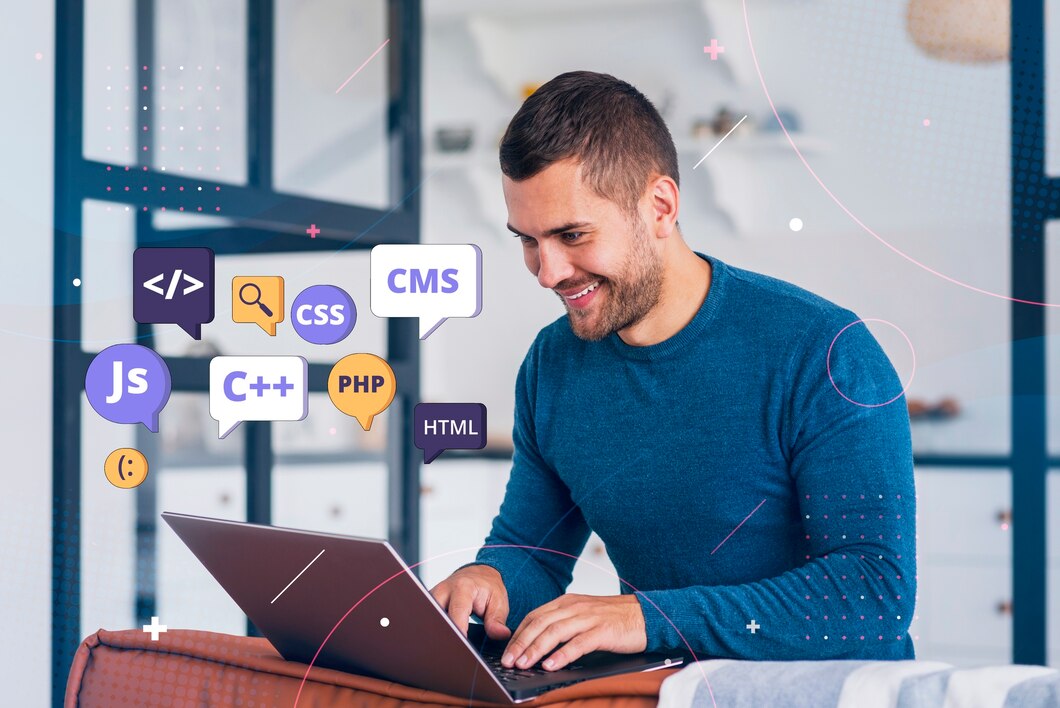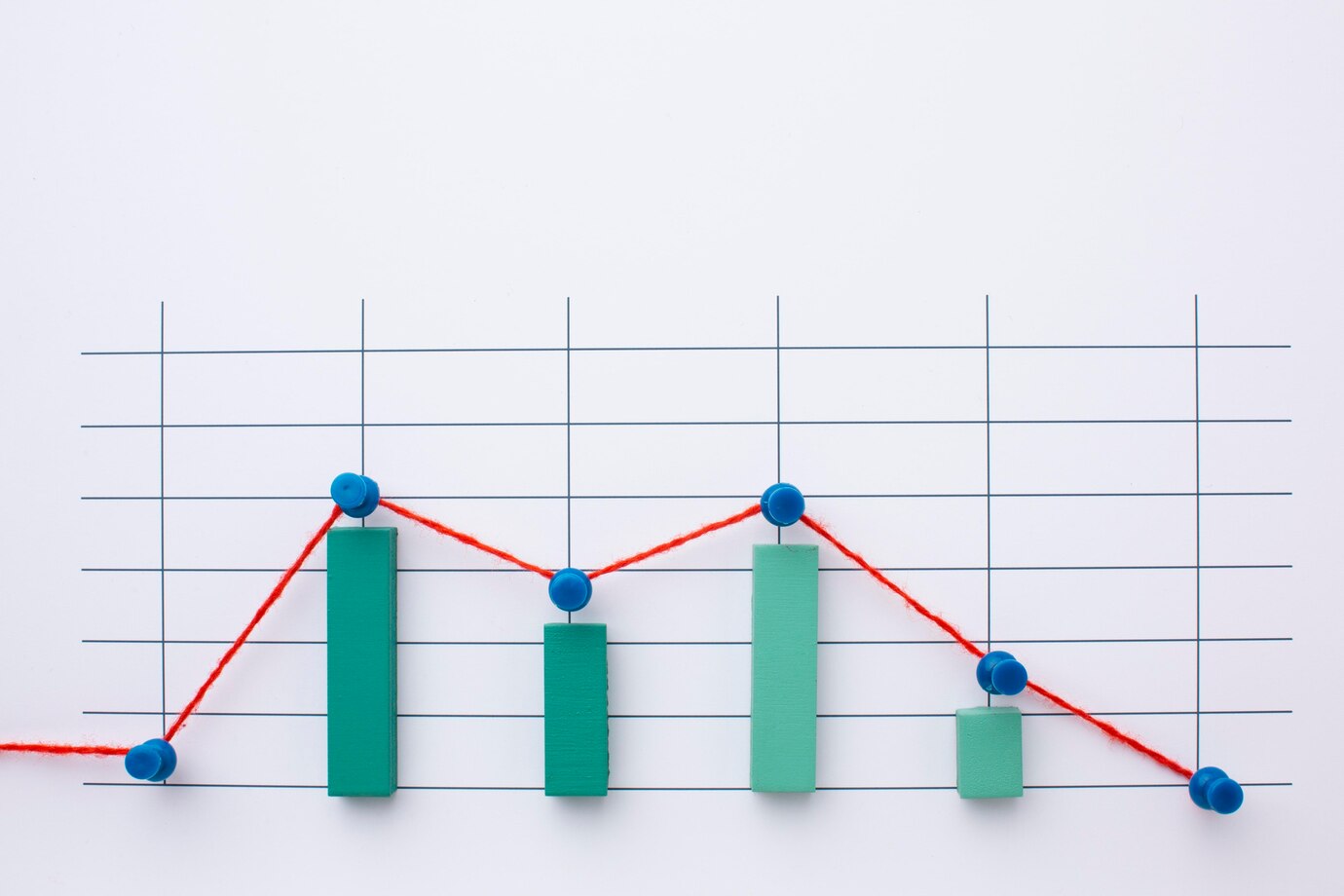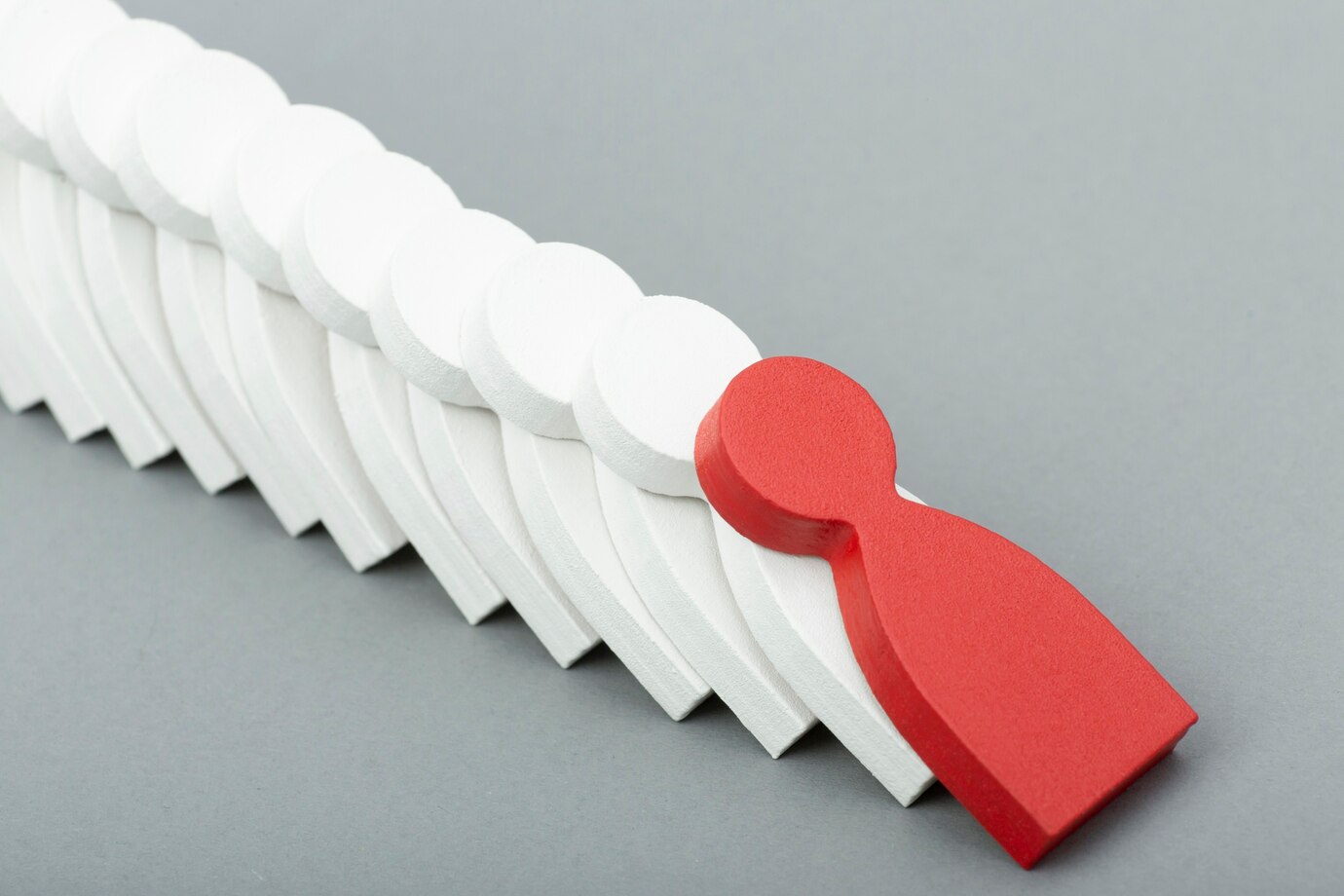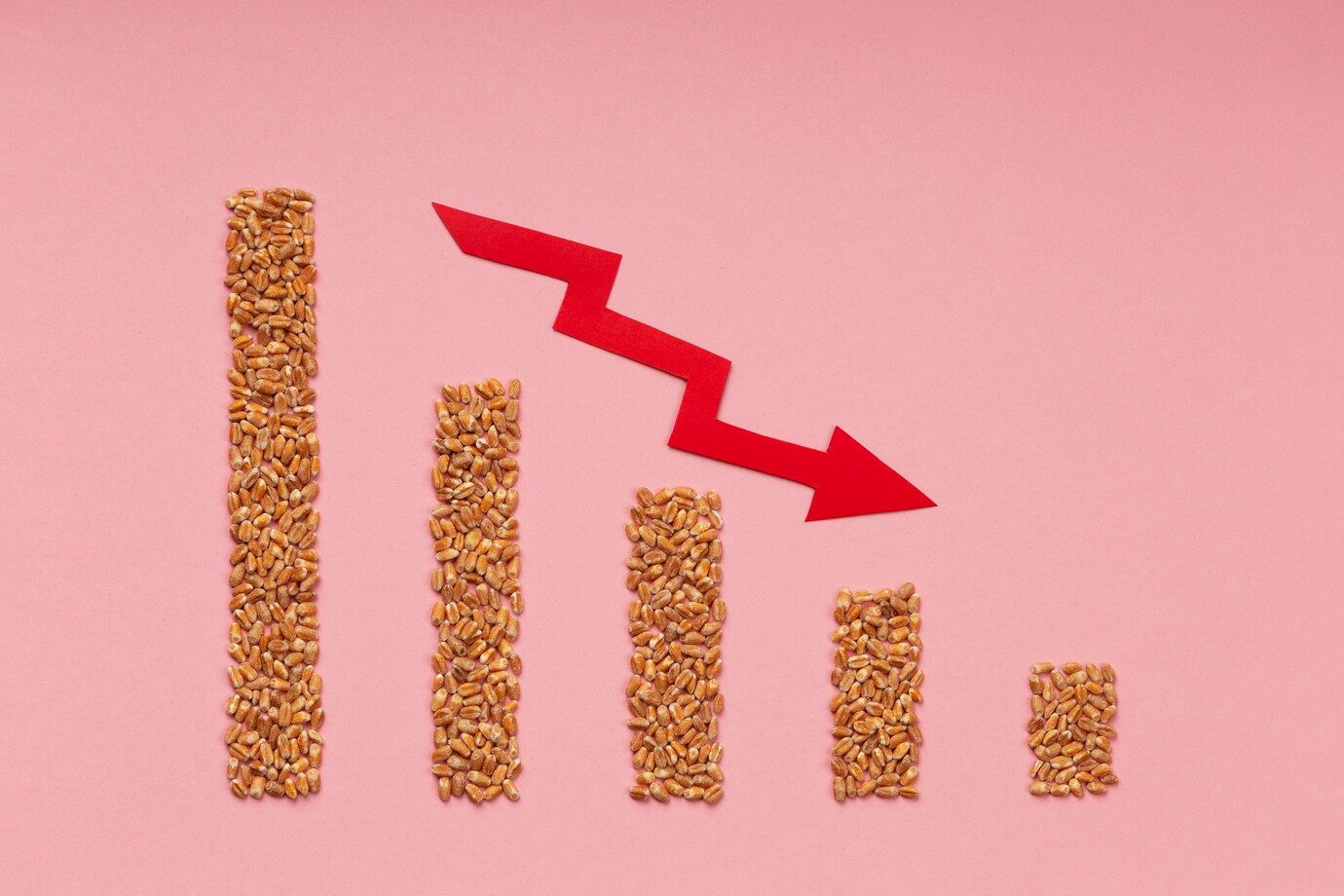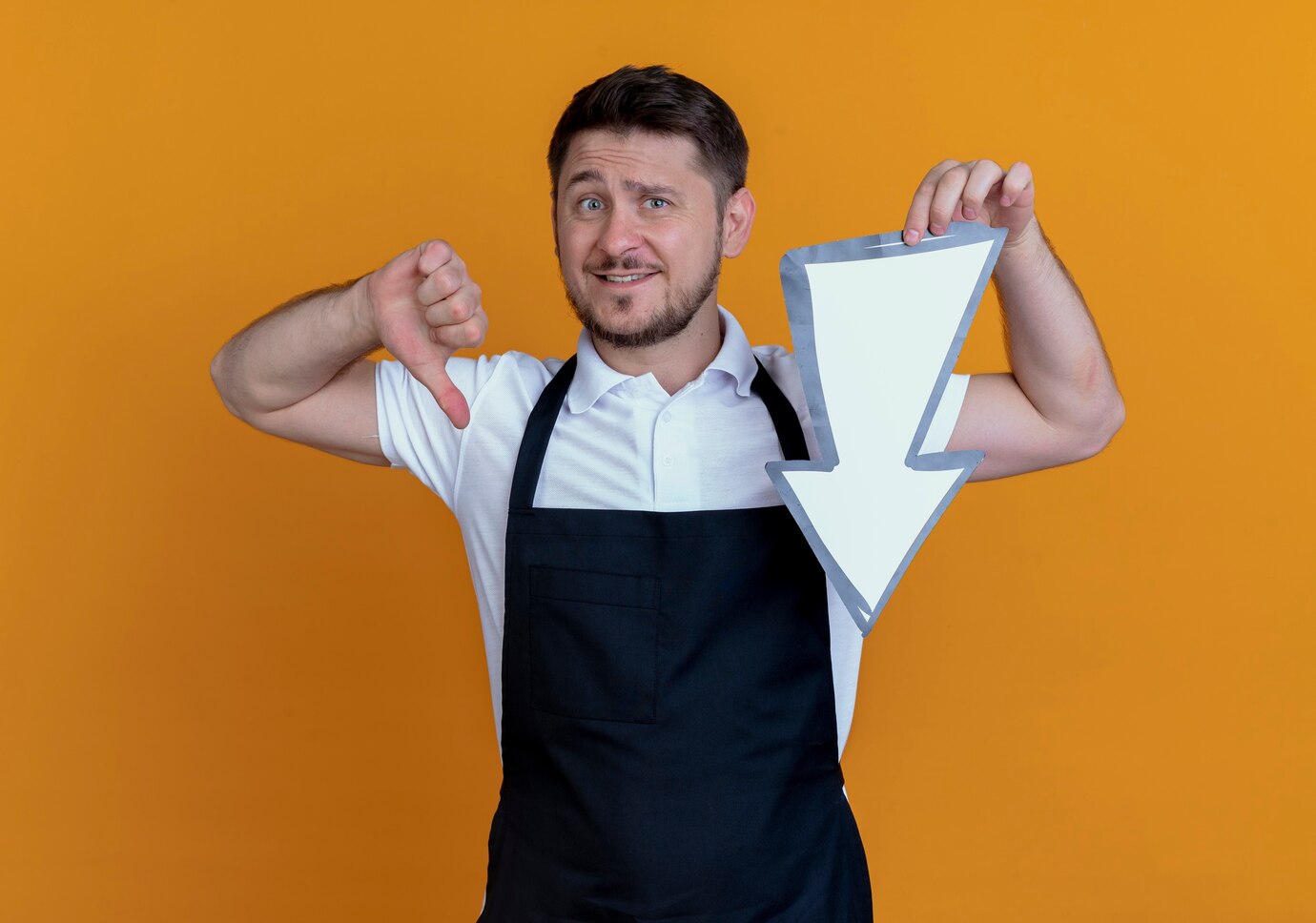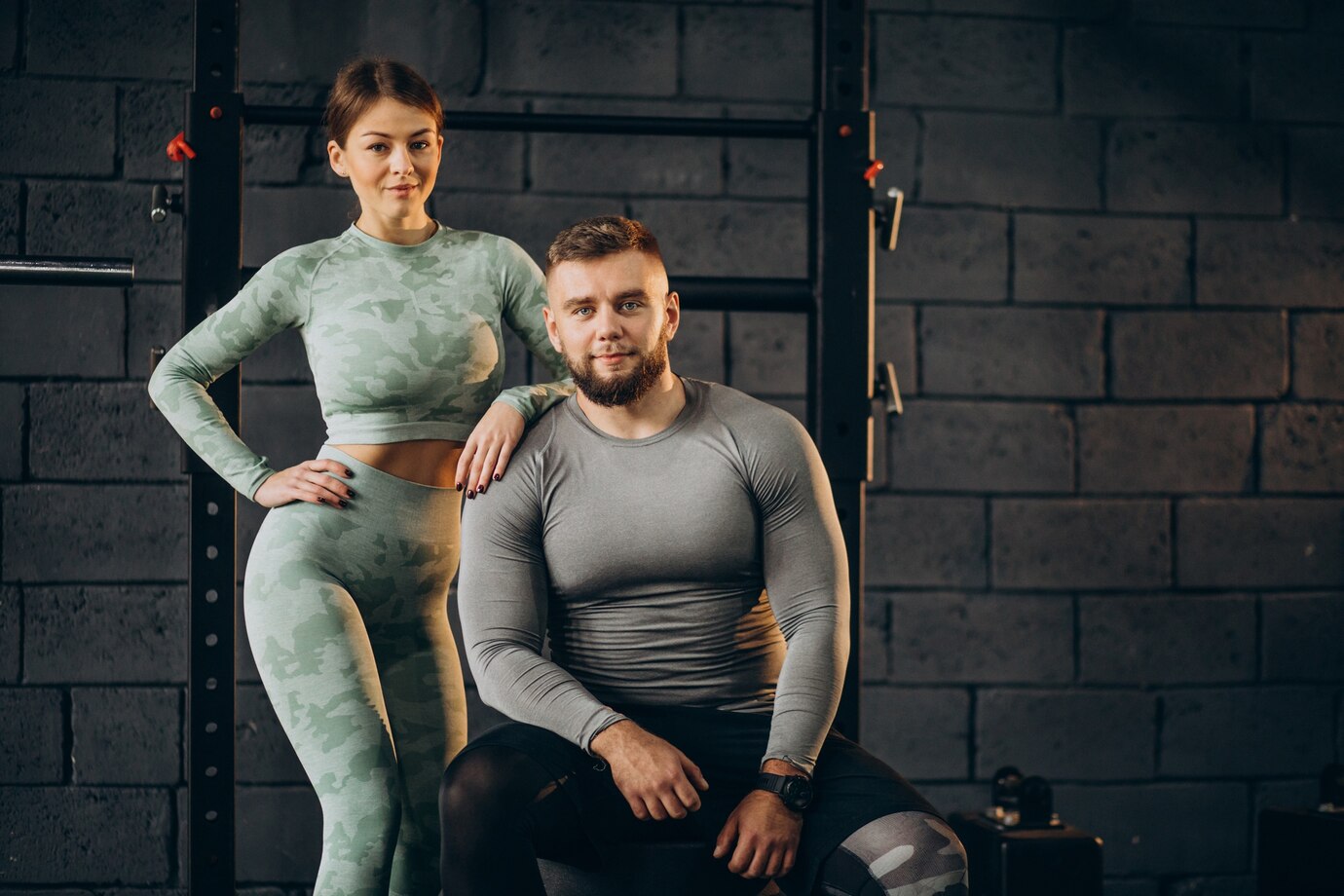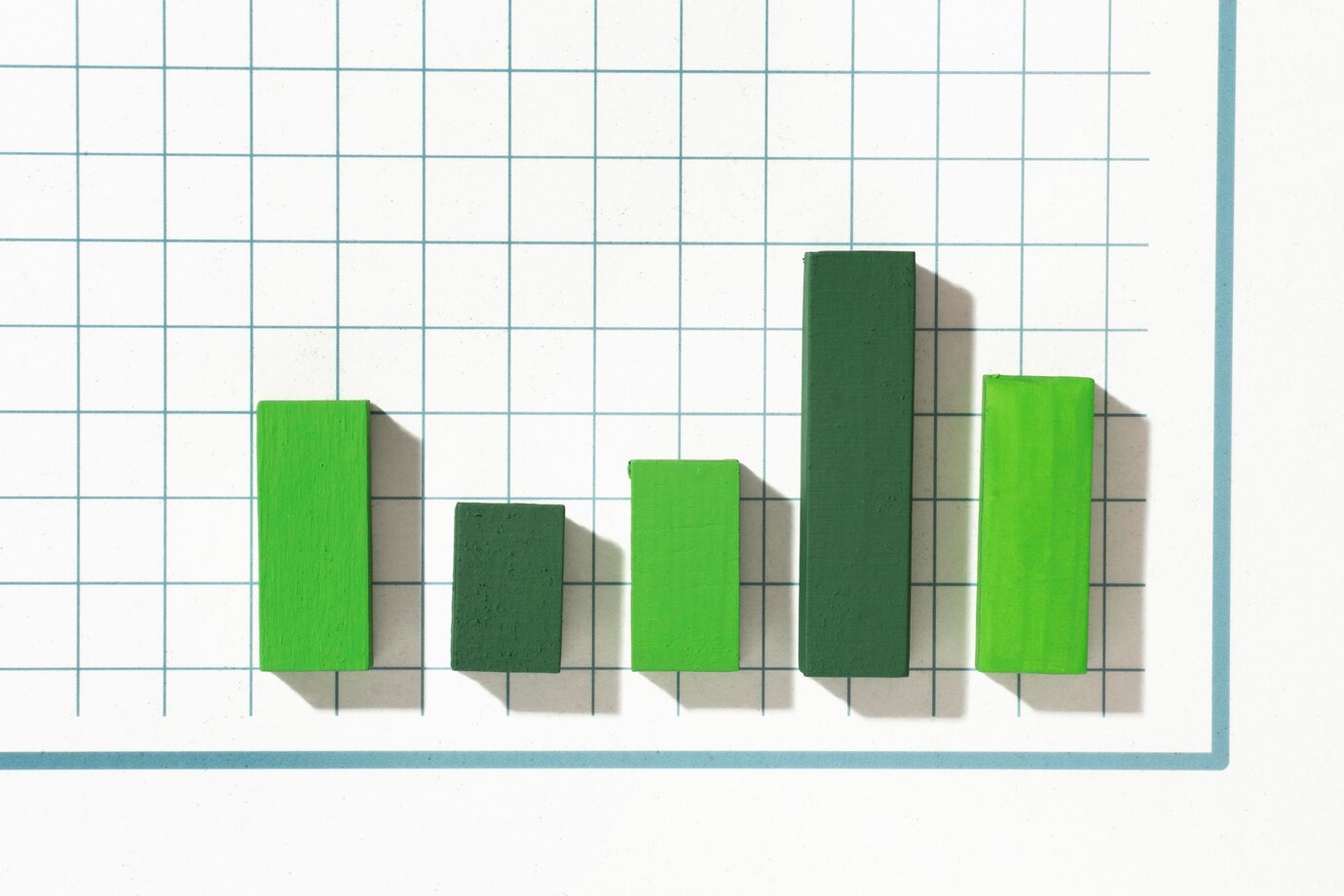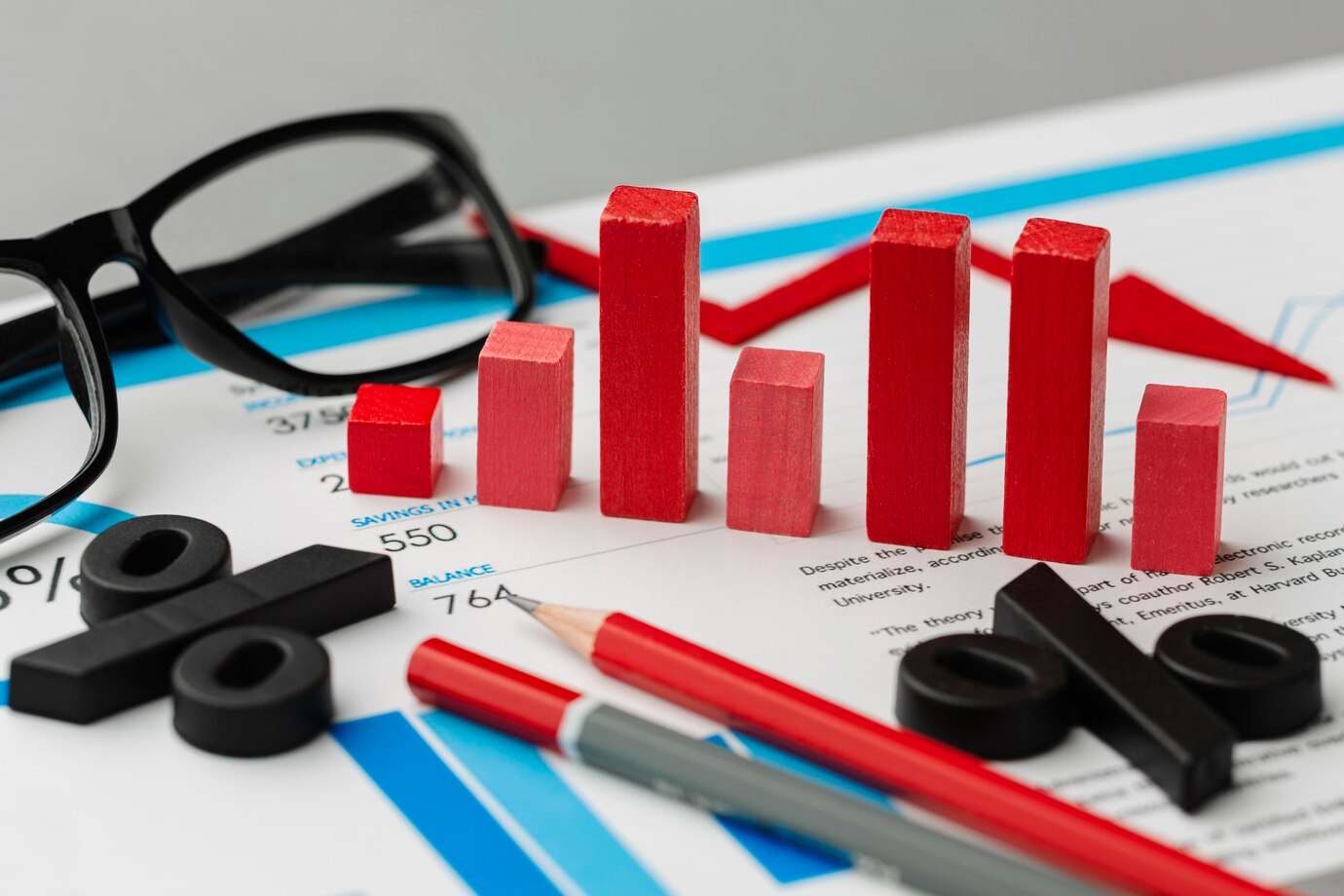Designing High-Converting Sales Pages and Funnels for High-Ticket Coaching: A Step-by-Step Guide with Analytics-Driven Strategies
High-ticket coaching programs are designed to deliver transformative results, but selling them requires more than just expertise—it demands a meticulously crafted sales funnel and persuasive sales pages that build trust, address objections, and close deals. In this guide, we’ll walk you through designing perfect funnels and high-converting sales pages tailored specifically for high-ticket offers. Using tables, data-driven insights, and analytical tools, we’ll break down each component to ensure your funnel performs at its peak.
Step 1: Understanding the Core Components of a High-Ticket Funnel
A high-ticket funnel differs from standard funnels because it focuses on building deep trust and delivering immense value before asking for a significant investment. Here’s a breakdown of the key stages:
| Stage | Purpose | Key Elements |
|---|---|---|
| Lead Capture | Attract and qualify leads | Lead magnets (e.g., free guides, webinars), landing pages, opt-in forms |
| Nurture Sequence | Build rapport and educate prospects | Email sequences, case studies, testimonials, educational content |
| Sales Page | Present the offer compellingly | Persuasive copy, social proof, scarcity tactics, clear call-to-action (CTA) |
| Consultation Call | Address objections and close | One-on-one calls, demo sessions, limited-time bonuses |
| Post-Sale Engagement | Retain and upsell clients | Onboarding process, ongoing support, alumni communities |
Each stage must be optimized to maximize conversions. Let’s dive deeper into each step.
Step 2: Stage 1 – Lead Capture: Crafting Irresistible Lead Magnets
The first step in any high-ticket funnel is capturing leads. This involves offering something valuable in exchange for contact information.
Why It Works:
High-ticket buyers need to see tangible value upfront before committing. A well-designed lead magnet positions you as an authority and primes prospects for future engagement.
Actionable Strategies:
- Free Resources: Offer downloadable guides, eBooks, or templates addressing specific pain points.
- Example: A health coach might create a “7-Day Detox Plan for Busy Professionals.”
- Webinars: Host live or automated webinars where you share actionable strategies.
- Case Study: Tony Robbins’ free webinars attract thousands of leads annually by showcasing his expertise.
- Landing Pages: Design visually appealing landing pages with strong headlines, bullet points highlighting benefits, and a clear CTA.
- Tool Recommendation: Use platforms like ClickFunnels or Unbounce to A/B test different page designs.
| Metric to Track | Why It Matters | Tools to Use |
|---|---|---|
| Opt-In Rate | Measures how effectively your lead magnet attracts prospects | Google Analytics, Hotjar |
| Bounce Rate | Indicates whether your landing page is engaging or not | SEMrush, Crazy Egg |
Step 3: Stage 2 – Nurture Sequence: Turning Leads into Qualified Prospects
Once you’ve captured leads, the next step is nurturing them through strategic email campaigns and educational content.
Why It Works:
High-ticket buyers require education and reassurance before making decisions. A nurture sequence builds trust and keeps you top-of-mind.
Actionable Strategies:
- Email Sequences: Send a series of emails that progressively educate and engage prospects.
- Day 1: Welcome email + overview of your methodology
- Day 3: Client success story/testimonial
- Day 5: Address common objections
- Day 7: Invitation to a consultation call
- Case Studies and Testimonials: Share detailed stories of past clients who achieved success with your program.
- Data Insight: According to BrightLocal, 87% of consumers read online reviews for local businesses, indicating the power of social proof.
- Retargeting Ads: Use Facebook or LinkedIn retargeting ads to re-engage visitors who didn’t convert initially.
- Example: A business consultant might run ads featuring client testimonials targeting users who visited their pricing page.
| Metric to Track | Why It Matters | Tools to Use |
|---|---|---|
| Email Open Rates | Reflects how engaged your audience is | Mailchimp, ActiveCampaign |
| Click-Through Rates (CTR) | Measures effectiveness of your CTAs | Google Analytics, HubSpot |
Step 4: Stage 3 – Sales Page: Designing a Persuasive High-Ticket Offer
Your sales page is where the magic happens—it’s the final push to convert prospects into paying clients. For high-ticket programs, this page must be meticulously designed to inspire confidence and justify the price.
Why It Works:
A well-structured sales page addresses objections, highlights ROI, and creates urgency, making it easier for prospects to say “yes.”
Key Elements of a High-Converting Sales Page:
- Headline: Clearly state the transformation your program delivers.
- Example: “Scale Your Business to $1M+ in Revenue Without Burning Out”
- Benefits Over Features: Focus on how your program solves problems rather than listing features.
- Example: Instead of saying “12-week program,” say “Achieve financial freedom in just 90 days.”
- Social Proof: Include testimonials, case studies, and logos of companies you’ve worked with.
- Tip: Add video testimonials for added authenticity.
- Scarcity and Urgency: Highlight deadlines or limited spots to prompt immediate action.
- Example: “Only 10 spots available—reserve yours today!”
- Clear CTA: Make your call-to-action prominent and easy to follow.
- Best Practice: Use contrasting colors and action-oriented language (e.g., “Book My Spot Now”).
| Metric to Track | Why It Matters | Tools to Use |
|---|---|---|
| Conversion Rate | Tracks how many visitors become customers | Google Analytics, Earndos Analytics |
| Time on Page | Indicates whether your content is engaging | Hotjar, Mouseflow |
Step 5: Stage 4 – Consultation Call: Closing the Deal with Confidence
For high-ticket programs, a consultation call is often the final step in closing the sale. This is where you address remaining objections and secure commitment.
Why It Works:
One-on-one interactions allow you to tailor your pitch, answer questions, and build rapport, increasing the likelihood of conversion.
Actionable Strategies:
- Pre-Call Preparation: Review the prospect’s profile and prepare personalized talking points.
- Example: If they mentioned struggling with time management during discovery, highlight relevant modules in your program.
- Storytelling: Share relatable anecdotes or client success stories to illustrate outcomes.
- Tip: Use emotional triggers to connect deeply with the prospect.
- Limited-Time Offers: Introduce exclusive bonuses or discounts for enrolling during the call.
- Example: “If you sign up today, I’ll include three months of private coaching for free.”
| Metric to Track | Why It Matters | Tools to Use |
|---|---|---|
| Appointment Show Rate | Reflects interest in moving forward | Calendly, Acuity Scheduling |
| Close Rate | Measures effectiveness of your consultation calls | Pipedrive, Salesforce |
Step 6: Stage 5 – Post-Sale Engagement: Building Long-Term Relationships
After closing the sale, your focus shifts to delivering exceptional value and fostering loyalty. Happy clients are more likely to refer others and invest in future offerings.
Why It Works:
Retention is cheaper than acquisition, and satisfied clients become brand advocates. Post-sale engagement ensures long-term profitability.
Actionable Strategies:
- Onboarding Process: Provide a seamless transition into your program with welcome kits, orientation calls, and resource hubs.
- Example: A leadership coach might send a personalized roadmap outlining milestones.
- Ongoing Support: Maintain regular communication through check-ins, Q&A sessions, or private communities.
- Tool Recommendation: Platforms like Circle or Mighty Networks facilitate community engagement.
- Upselling Opportunities: Introduce advanced programs or VIP packages for clients seeking further growth.
- Example: A career coach might offer a “Mastermind Accelerator” for alumni.
| Metric to Track | Why It Matters | Tools to Use |
|---|---|---|
| Client Satisfaction Score | Reflects overall happiness with your service | Net Promoter Score (NPS), SurveyMonkey |
| Upsell Rate | Measures success of additional offers | ProfitWell, Baremetrics |
Step 7: Analyzing and Optimizing Your Funnel for Maximum Performance
To ensure continuous improvement, regularly analyze performance metrics and optimize each stage of your funnel.
Key Metrics to Monitor:
- Cost Per Acquisition (CPA): How much it costs to acquire a new client.
- Customer Lifetime Value (CLV): Total revenue generated per client over time.
- Funnel Drop-Off Points: Identify where prospects abandon the journey and address bottlenecks.
Tools for Optimization:
- AI-Powered Analytics: Platforms like Earndos Analytics use machine learning to predict trends and suggest improvements.
- A/B Testing: Experiment with different headlines, CTAs, or pricing models to determine what resonates most.
Final Thoughts: The Blueprint for High-Ticket Success
Designing a perfect funnel and sales page strategy for high-ticket coaching requires careful planning, creativity, and data-driven execution. By implementing the steps outlined above—capturing leads, nurturing relationships, crafting persuasive sales pages, closing deals, and fostering retention—you can create a system that consistently converts prospects into loyal, high-paying clients.
Remember, optimization is key. Regularly review analytics, test new approaches, and refine your funnel based on real-world feedback. With persistence and precision, your funnel will become a powerful engine driving sustainable growth and unparalleled success.
Are you ready to transform your high-ticket coaching practice? Start implementing these strategies today, and watch your funnel deliver exceptional results.

